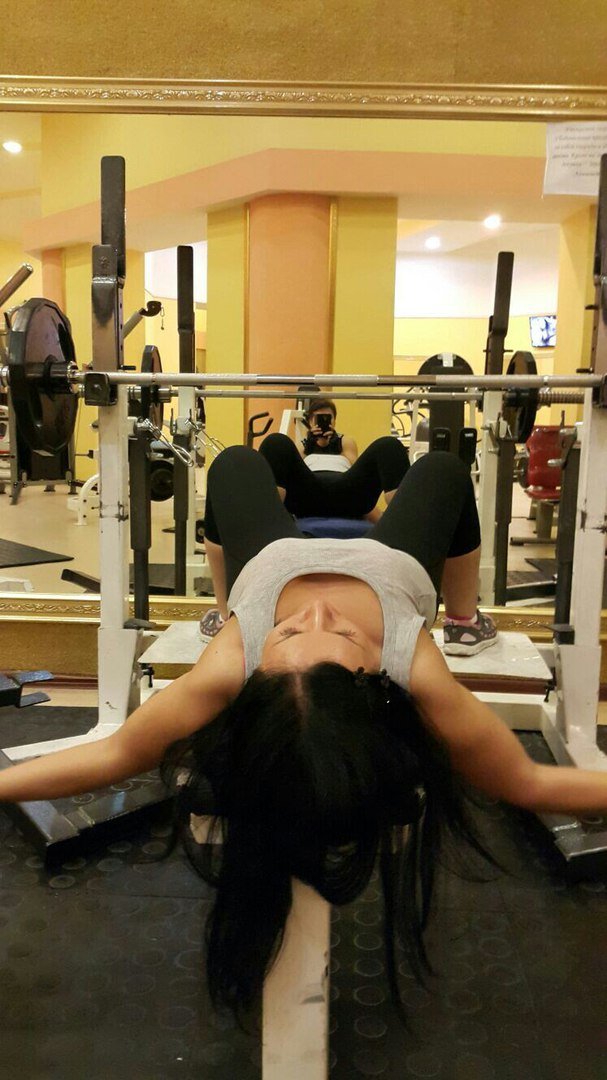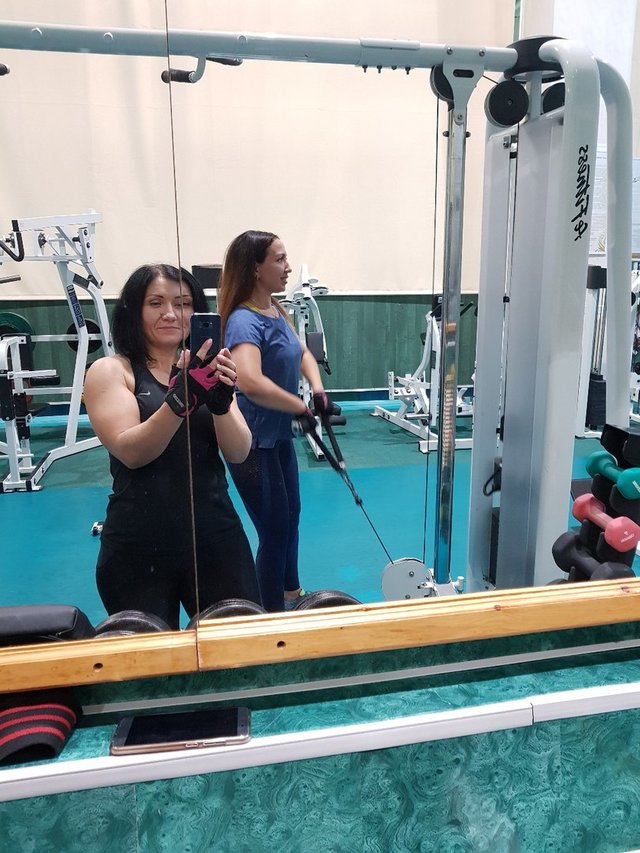Exercise: When should you push through the pain?

You are here to get some good info on what constitutes a true injury, and when it’s okay to push through the pain during a workout.
I tell people who are new to running that they should expect pain when they first begin. Knee pain, muscle pain throughout the legs, possibly foot and ankle pain. They look frightened, but then I ask them, “How did you feel the next day after your first weight workout in the gym?” Quickly, they recall memories of not being able to climb stairs, of needing to use the edge of the sink to lower themselves onto the toilet, of finally knowing exactly where their rhomboids were. The body will respond somewhat negatively to any new activity. Exercise, after all, is the process of pushing the body past its normal limits in order to elicit growth. And we all know growing can be painful.
But all pain is not equal, and it’s important to know the difference. A pain that tends to “settle in” over a period of seconds or minutes in the middle or toward the end of an exercise is likely to be related to fatigue, and can often be surmounted by backing off a little, resting for a bit and then resuming, or changing the intensity (running slower, lifting a lighter weight, etc.) However, a pain that is intense, that comes on instantly and sends a burning sensation radiating out from one spot is likely a more acute injury – a strain or tear of muscle or connective tissue, a stress fracture, etc. If you experience this type of pain, you should immediately stop the activity and begin first aid (or seek help if you are incapacitated).
Still, there are gray areas. There are times when I’ve been six miles into a run and felt something sudden and terrible in my ankle. I stop. I cautiously roll it around. It hurts. I tentatively take a step on it. It still hurts. But I’m out on a running path without a cell phone, and I don’t think it’s quite bad enough to flag down a passing stranger, so I keep hobbling. After 200 yards, it feels a little better. I walk normally but slowly. 200 more yards, better still. I try to jog a bit, and by the time I reach the next bend in the trail, the pain is gone and I’m back at that day’s training pace. So what was that all about? I have no idea! But it happens, it does. That’s why every coach in every sport ever played has said at least a hundred times, “Try to walk it off.” Because usually, you can.

Of course, if pain was brought on by an incident (you stepped funny, you turned your head in the middle of doing a lat pull-down, etc.) and/or if it is accompanied by a sound (pop, squish, rip) then you have a bona fide injury on your hands and you need to stop what you’re doing and start first aid steps of RICE: Rest (stop activity), Ice (20 minutes, not directly on bare skin), Compression (wrap it up tight, but not to where you lose circulation) and Elevate (above the heart, if it’s a limb that can be raised above the heart). And then you should probably get to urgent care to determine how bad it is.
If you’re in the gym lifting weights, or doing body weight (boot camp-style) exercises and you feel muscle pain but aren’t sure if it’s an injury or something less serious, you should stop, rest a few seconds and lighten the load by 50%. Try a few more reps, and if you feel the same pain at all, you’re done working that body part for the day. If it feels okay, rest a bit longer, and gradually try putting more weight back on, or take the more cautious approach and move on to another muscle group.
Regardless of exercise mode or type of possible injury, a good general rule is that pain or soreness should be completely gone within four days of the workout. If it persists longer than that, you’ve likely done at least minor damage that will either need a longer rest or medical care.
I can tell you that I have indeed injured myself – partially torn muscles, developed mild tendonitis and the like – by simply “working out too hard”. Use common sense – especially when you’re just starting out.
I could feel my legs telling me it was time to be done at the 1.5 mile point in my barefoot shoes the other day. But I was still 1/2 mile from my car and didn’t want to “blow my pace time”, so rather than do the smart thing and walk the rest of the way, I kept jogging, and paid the price – 5 days on the bench, a minor blow to my training program.
One final remark about the “dangers” of running: While it is reasonable to expect aches and pains when you’re just starting out, it’s important to note the major differences between running and other forms of exercise. First, running is fairly high-impact, especially if you are overweight. This means that it’s stressing your body much more than other forms of exercise will. The beauty of running, though, is that if you start slow and progress smartly, it actually makes bones stronger and joints more supple. But, the other major difference is that, while you may perform tens or dozens of repetitions for a given exercise in the gym, you are taking thousands or tens of thousands of steps when you go for a run. So if something is even just a little “off”, you’re much more likely to sustain an injury. That’s why it’s important to start slowly and build up both speed and mileage at a snail’s pace. It’s also a really good idea to have someone knowledgable check your form so you can make modifications early on.

Thanks for using eSteem!
Your post has been voted as a part of eSteem encouragement program. Keep up the good work! Install Android, iOS Mobile app or Windows, Mac, Linux Surfer app, if you haven't already!
Learn more: https://esteem.app
Join our discord: https://discord.gg/8eHupPq
Thank you for using Resteem & Voting Bot @allaz Your post will be min. 10+ resteemed with over 13000+ followers & min. 25+ Upvote Different account (5000+ Steem Power).